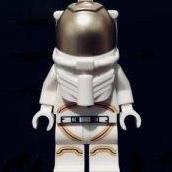Balance Hair Spring Removal
-
Recently Browsing
- No registered users viewing this page.
-
Topics
-
Posts
-
By Neverenoughwatches · Posted
No thats straight out of the watch as i found it the balance wheel is almost as bad. I've never seen so much material removed. -
By Michael1962 · Posted
I'll be honest that benchtop all the way around was something I really wanted to do. At the moment, it is not a possibility due to some upcoming expenditure that Liz and I have to go through. I already had these benches, so that will have to do for now. I'll work the rest out somehow. Hey, it took me 4 years to get to this. What's another couple of months? -
Has it been properly cleaned? If so, yes, it looks a bit funny.
-
By Neverenoughwatches · Posted
Is it me or does anyone else think this staff looks a bit wonky ?
-










Recommended Posts
Join the conversation
You can post now and register later. If you have an account, sign in now to post with your account.
Note: Your post will require moderator approval before it will be visible.